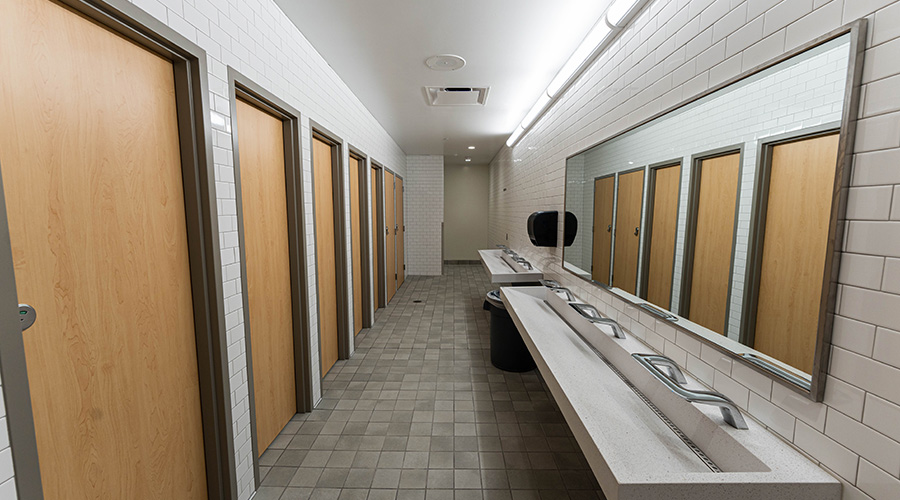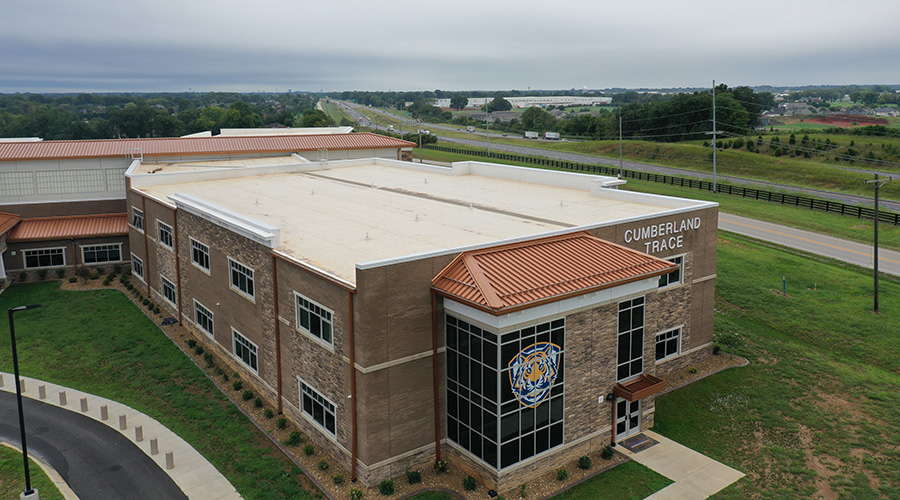How the Living Building Challenge Promotes School Sustainability
For K12 schools, the Living Building Challenge is a stringent, but hugely beneficial approach to making schools more sustainable.
For those looking to hurdle the highest bar, the Living Building Challenge (LBC) rating system takes one of the most stringent approaches to greening the built environment. Using the metaphor of a flower, LBC is based on the concept that the ideal building should function just as cleanly and efficiently. The certification is centered on seven ‘flower petals’ — place, water, energy, health and happiness, materials, equity, and beauty.
Out of the 10 schools that have achieved LBC certification, one of the most remarkable projects is the net zero energy certified Music & Science Building at Oregon’s Hood River Middle School. To make this ambitious goal a reality, various innovative energy features were incorporated. Starting with resources from the site alone, Hood River Middle uses wind to provide natural ventilation — the school has incorporated a red light/green light system to gauge outside temperatures as suitable for natural ventilation, engaging students in the building’s energy management with an innovative yet simple tool. Ground source heat pumps are used for warming and cooling, and additional summer cooling is gathered from an adjacent stream. According to LBC, “The district uses the stream’s snow melt runoff for irrigation during the region’s dry summers, which happens to coincide with the need for cooling during the summer months. Thus the irrigation water is simply diverted through a heat-exchanger when there is cooling demand. This cool water can be circulated through the building’s radiant floor slabs to provide cooling without operating the heat pumps.”
Various passive and active systems and renewable energy were also incorporated in the design of the middle school to meet the remaining energy needs. The building envelope is comprised of rigid insulation, concrete, and triple-glazed windows set in wooden frames to provide the highest level of thermal resistance. Optimized daylighting design ensures minimum use of artificial lighting, and the final loads are tag-teamed by a 35-kW photovoltaic array and a 2,000 CFM transpired solar collector which preheats incoming ventilation air in the winter.
A brighter future
Aside from providing physically healthier learning environments, green schools have successfully fostered innovative strategies that directly correlate to a heightened eagerness to learn, higher attendance numbers, and test score improvements for their students. Based on the notable education facilities explored in this article, the most important sustainability trends in K-12 schools are motivated by the basics of LEED, WELL, Living Building Challenge, and Net Zero Energy, but taken to a higher level with the infusion of environmental curriculums, incorporation of green operations, and use of renewable energy. Top notch green schools are becoming the standard of the present in order to properly equip the workforce of the future. n
Katie Stanford, LEED AP O+M, Fitwel Ambassador, is a project manager at Lorax Partnerships, LLC, a green building consulting firm in Baltimore, Maryland. She can be reached at katherine@loraxllc.com.
Related Topics:














